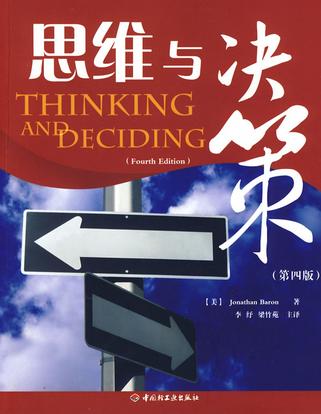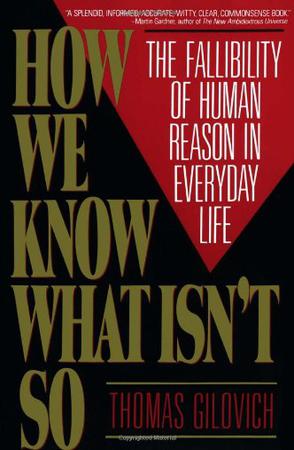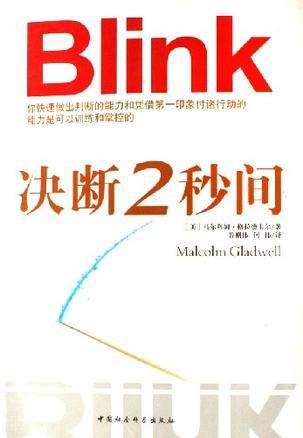How We Know What Isn't So
Thomas Gilovich
From Publishers Weekly
Sports fans who think that basketball players shoot in "hot streaks," and maternity nurses who maintain that more babies are born when the moon is full adhere to erroneous beliefs, according to Gilovich, associate professor of psychology at Cornell. With examples ranging from the spread of AIDS to the weight of Scholastic Aptitude Test scores, he skewers popular but mistaken assumptions. Faulty reasoning from incomplete or ambiguous data, a tendency to seek out "hypothesis-confirming evidence" and the habit of self-serving belief are among the factors Gilovich pinpoints in his sophisticated anaylsis. However, in the book's second half, his debunking of holistic medicine, ESP and paranormal phenomena is superficial and one-sided, marred by some of the very tendencies he effectively exposes in the "true believers."
Copyright 1991 Reed Business Information, Inc. --This text refers to an out of print or unavailable edition of this title.
From Kirkus Reviews
The subtexts of this first-class critique of human (non)reason are that we all tell ourselves lies (at least some of the time)...that if you want to believe it's true, it is (faith healing, ESP)...that humans can't help seeing patterns where none exist (in clouds, in disastrous events, in gamblers' streaks). Furthermore, if you would like to learn more about how not to deceive yourself, you might take a course in one of the ``soft'' probabilistic sciences like psychology. This might be construed as self-serving, since Gilovich happens to teach psychology at Cornell. However, the point is well taken because such courses should expose students to a minimum of statistics--such as the law of regression, which says that when two variables are partially related, extremes in one variable are matched, on average, by less extreme variables in the other. (Children of tall parents are tall, but not as tall as their parents.) Gilovich attributes the general lack of appreciation of the law to ``the compelling nature of judgment by representation''--by which the predicted outcome should be as close to the data as possible: the son of a 6'5'' dad should be close to 6'5''. Gilovich also points to other pitfalls in reasoning, such as failure to record negative outcomes (how many times do you dream of an old friend and not bump into him the next day?). And he discusses deeper motives--e.g., fear of dying, prospects of power or immortality, and similar self-aggrandizing traits that fortify superstitions and the will to believe. Altogether, a satisfying splash of skepticism and reason in a world where the Lake Wobegon phenomenon--``the women are strong, the men are good-looking and all the children are above average''- -prevails. -- Copyright ©1991, Kirkus Associates, LP. All rights reserved. --This text refers to an out of print or unavailable edition of this title.





